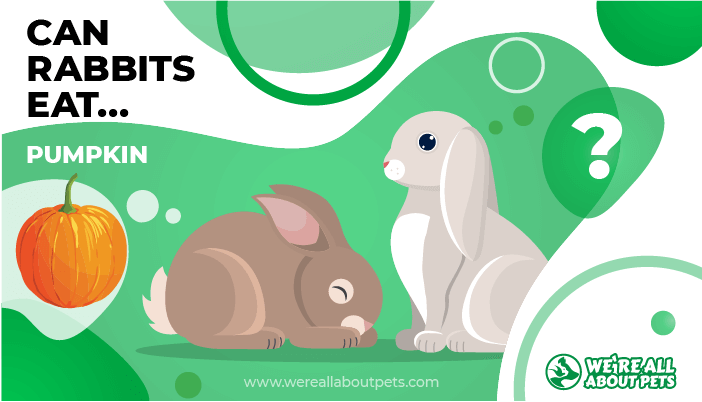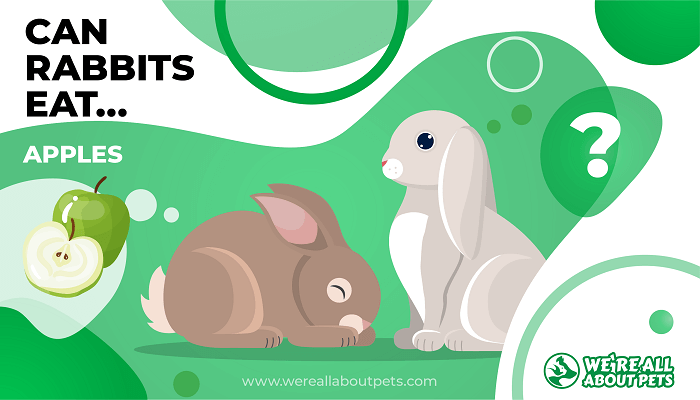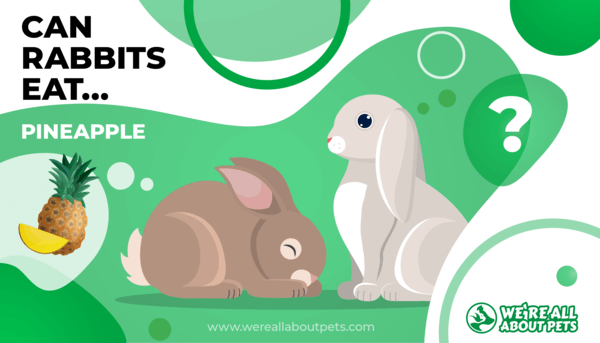The Angora Rabbit: Size, Lifespan And Characteristics
This page contains affiliate links. We may earn money or products from the companies mentioned in this post through our independently chosen links, which earn us a commission. Learn More
Whether you’re interested in angora rabbits as pets, for the benefits of angora wool production or to parade in the show ring, there’s plenty to find out about these amazing fluffy creatures. These fluffy bunnies produce wool rather than the usual rabbit fur.
They can be suitable as pet rabbits, but they do require more care than many other breeds, and the fluff can be a hindrance as well as causing their super cute looks.
Read on for more information about the different breeds of angora rabbits, their sizes, and their characteristics.
Breeds Of Angora Rabbit
There are five main breeds of angora, recognised by either the American Rabbit Breeders Association (ARBA) or the International Association of German Angora Rabbit Breeders (IAGARB).

English Angora
This is the smallest of the angora breeds, and has a high percentage of wool to guard hair. This means it needs a lot of grooming, and produce up to a pound of fiber every year. They ae prone to matting and need regular grooming. The English angora rabbit is popular in the show ring, due to their face and ear ‘furnishings’ which are highly unique.
- Size: 5- 7.5lbs at maturity.
- Special characteristics: face and ear furnishings, gentle nature.
Satin Angora
These originated through a cross between a French angora and a satin rabbit. The fiber is of exceptional quality, leading to the satin ‘shine’ of the coat. Their dense coat is popular with hand-spinners, although they only produce around 10-16 ounces of wool per year.
- Size: 6-10lbs at maturity.
- Special characteristics: satin shiny coat which is easy to spin.
French Angora
These have a much higher percentage of guard hair in the coat compared to the English angora rabbit, which means the coat colors are much more varied and intense. They have a thick undercoat and silky texture to the wool. The French angora rabbit moults naturally and produces around 1 pound of wool per year.
- Size: 7.5-10.5lbs at maturity.
- Special characteristics: high percentage of guard hair, meaning they are a better choice for a beginner angora owner.
Giant Angora
The largest of the angora breeds, and a high fiber producer at up to two pounds of fiber per years. They originate from a cross between a German angora and a Flemish giant. They do not natural moult so must be hand-sheared. Their wool consists of an undercoat, the awn fluff and the awn hair. The only color recognised by the ARBA is the white coat. They are related to the German angora, although they are separate breeds.
- Size: 9.5-10lbs at maturity.
- Special characteristics: this giant breed also produces a giant amount of poo, and so consider training them to a litter box!
German Angora
Easily confused with the giant angora, they are not recognised by ARBA but have their separate organisation, the IAGARB. They produce huge amounts of fiber – up to 4 pounds per year! They share similar facial furnishings to the English angora.
- Size: 7-11.5lbs at maturity.
- Special characteristics: top fiber production and cute facial ‘tassels’.
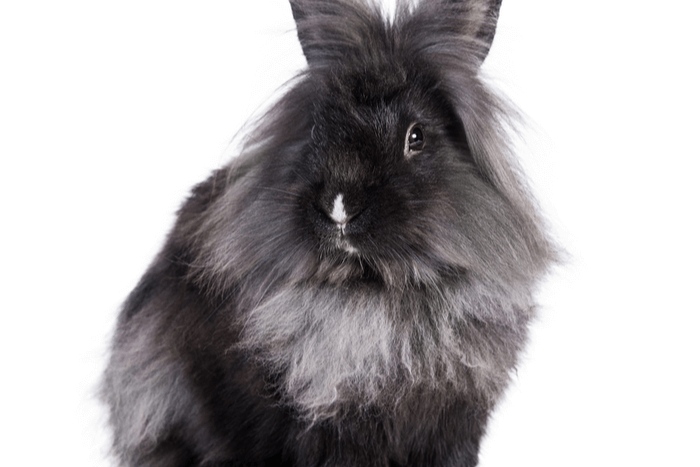
Angora Wool And Grooming Care
Angora bunnies are huge wool producers, and therefore if you take on an angora, you must be prepared for all the angora rabbit wool you’ll acquire! This is excellent if you are into wool sweaters, or are best friends with some hand-spinners, but it does entail an additional level of care for these rabbits.
Angora fiber is accumulated through regular grooming, and requires some time, patience, and expertise. Matting can be a problem in some breeds if their coats are not properly maintained. You may need to invest in some clippers, or get ready for a lot of hand plucking!
If your angora rabbit is not groomed regularly, they may be predisposed to wool block. This is a condition where the rabbit ingests too much of their own hair, and it forms an obstruction in the digestive tract. The rabbit then stops eating and quickly declines. Symptoms include lethargy and weakness, a lack of appetite and small, hard faeces, often with some wool fibers running between the pellets.
Wool block (otherwise known as GI stasis) can be a fatal condition due to the damage done to the digestive system. Regular grooming and unlimited hay to eat are the best preventative measures. If you are concerned about your angora bunny, seek advice from a veterinarian.
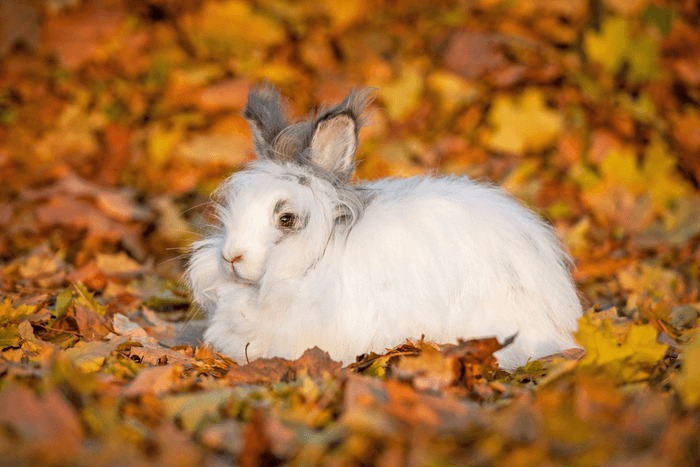
Lifespan
Angora bunnies are a big commitment. They need regular grooming and care, and can live up to 10 years. Their usual lifespan is around 5 – 8 years.
Frequently Asked Questions
Are Angora rabbits good pets?
Angora rabbits are cute and fluffy, but they are not ideal pet for novice rabbit owners or children as they require regular grooming and handling and a large time commitment.
How much does an Angora rabbit cost?
An angora rabbit can cost between $50-250 depending on the breed and where you source from. They do sometimes become available via rescue centres, but not commonly.
Do Angora rabbits get killed for fur?
No, angora fiber is groomed from the rabbits without harming them. In fact, angora rabbit breeds are prone to matting and require regular trips to the groomers.
Can angora rabbits live inside?
Yes, they can live indoors or outdoors, as long as they have plenty of space and the temperature is kept between 50-70 degrees Fahrenheit.

